Hip-Hop began in the Bronx in the 1970s at house and block parties where DJs like Kool Herc, Afrika Bambaataa, and Grandmaster Flash began experimenting with various turntable techniques. It was Afrika Bambaataa and Zulu Nation who first defined what the four elements of Hip-Hop are: the DJ, the master of ceremonies, the graffiti artist, and the dancer. Herc pioneered one of the most popular techniques, where he moved back and forth between percussion breaks, playing the same sounds back to back. This became “cutting breaks,” which then paved the way for the emergence of breakdancing, commonly referred to as breaking.
Even though Hip-Hop is a male dominated field, B-girls—women and femme-presenting people who breakdance for a living—have always been there, and have had direct involvement in the development of breaking as it is now. Today, DJs and MCs are household names, while breakers are much less visible (this is partly because breaking is still an underground scene). But, with breaking being recognized in the 2024 Paris Olympics for the first time, and large companies like Red Bull taking notice and supporting the sport, that will certainly change… likely sooner than later.
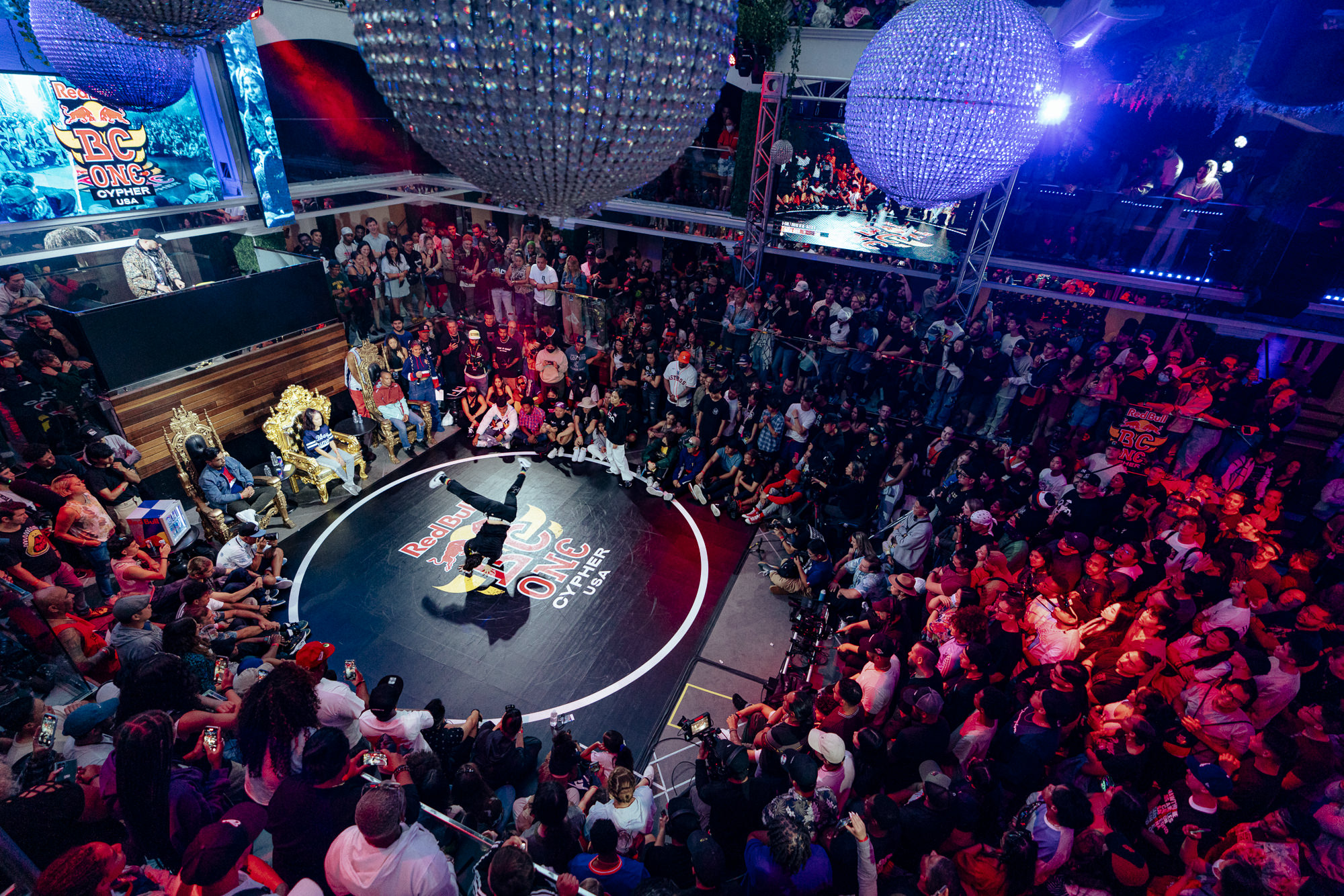
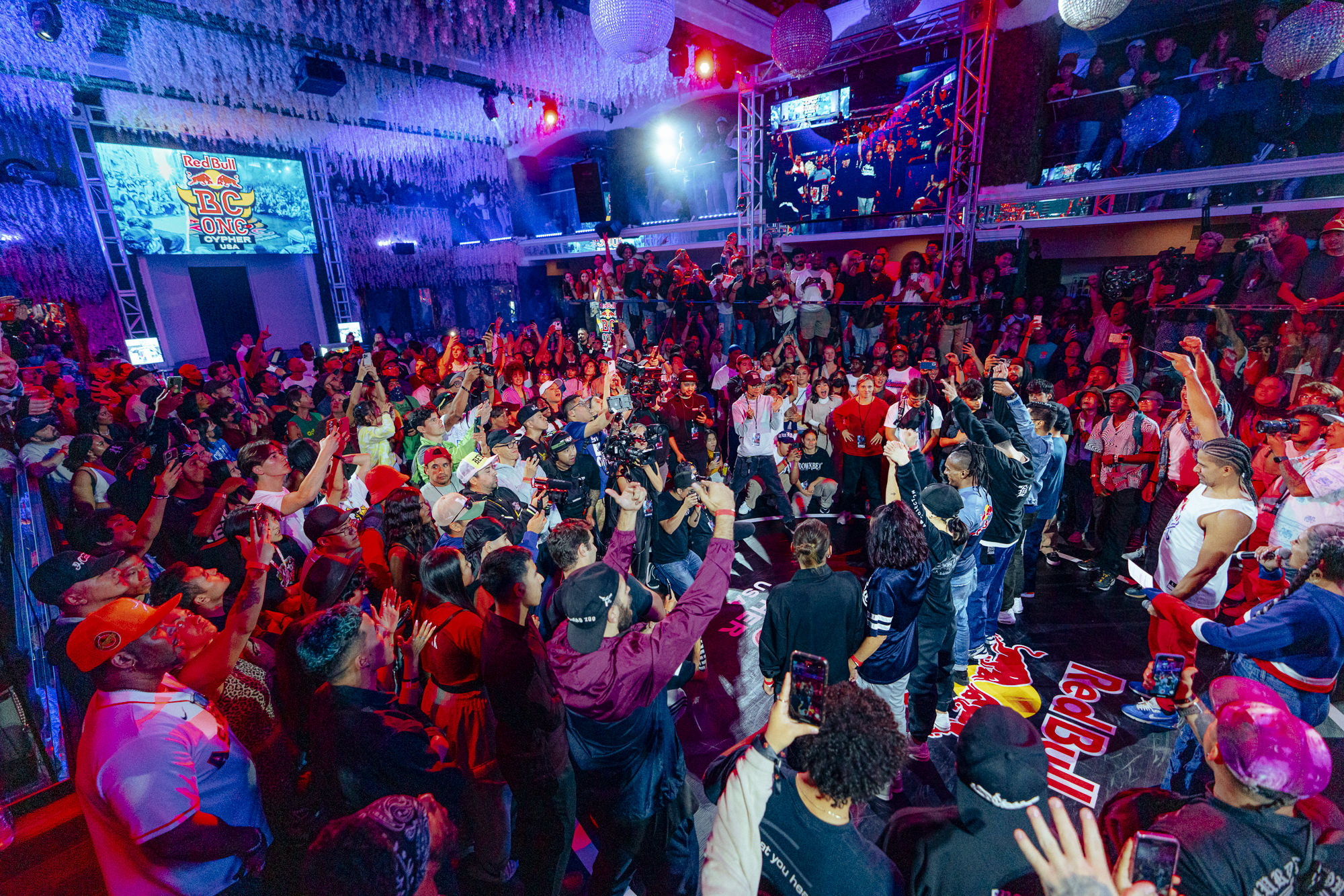
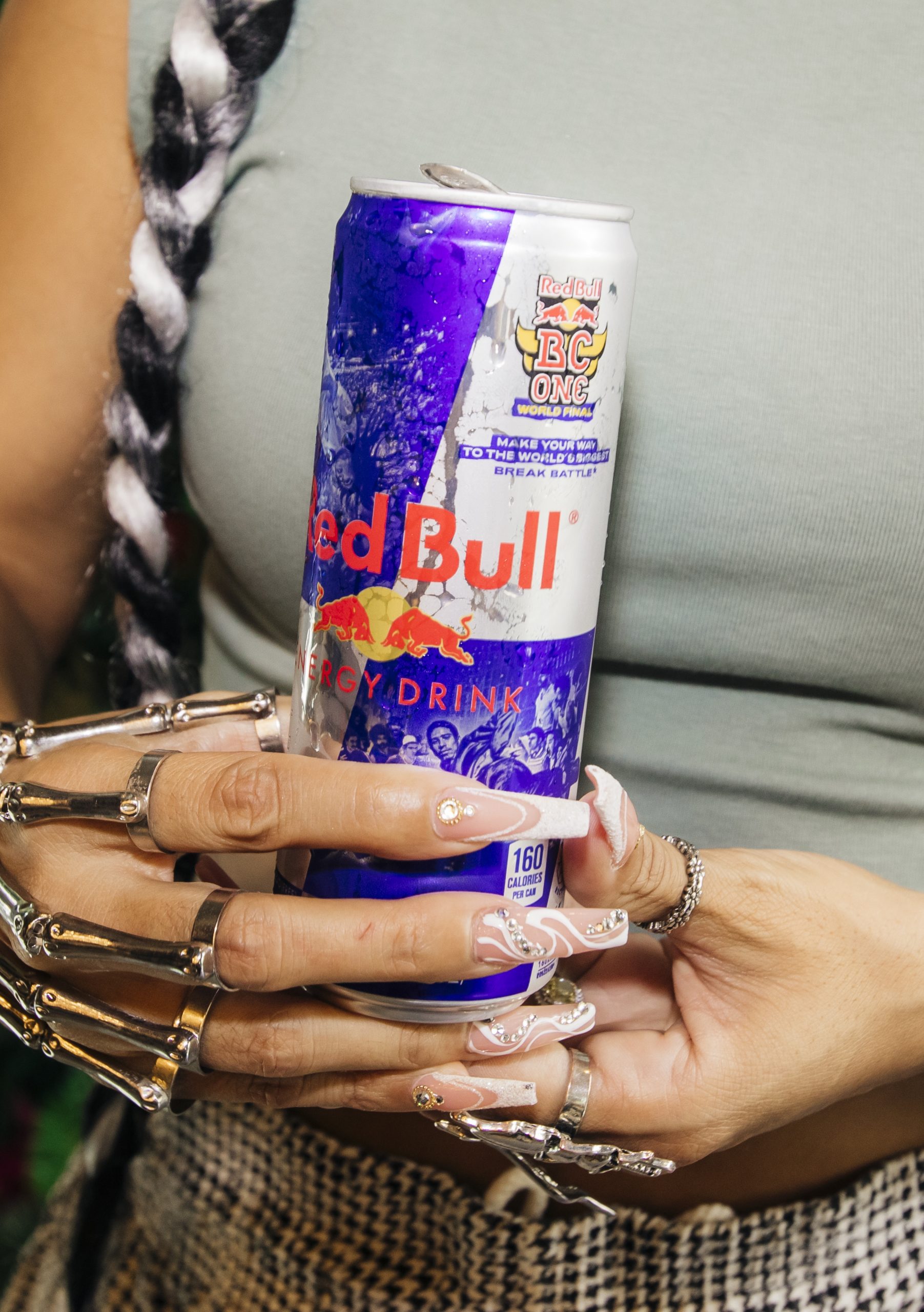
Red Bull BC One National Finals in Los Angeles
Unfortunately, B-girls have traditionally been pushed to the fringes of history and competitions, and must continue to fight for visibility and inclusion. Although competition series like Red Bull’s BC One have created spaces for women and girls in the breaking scene, there is still a long way to go. Women are underrepresented in every area of the four pillars of Hip-Hop.
“We need more women bosses,” LA’s own DJ Carisma told us while on a panel discussion for the Red Bull BC One National Finals in Hollywood, California, hosted earlier this month. The event drew a passionate and sizable crowd, many of whom were females, there to see females breakdance. “That’s the only way things are really going to change,” Carisma says. “More women. It’s the same in Hip-Hop, it’s the same in radio, it’s the same all over the music industry… we need more women in these higher positions.”
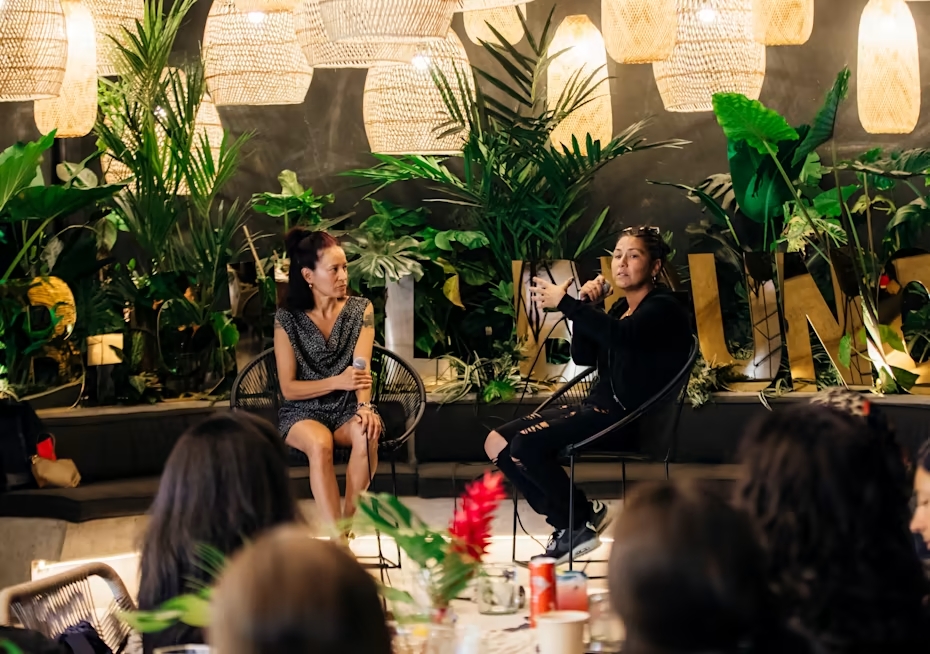
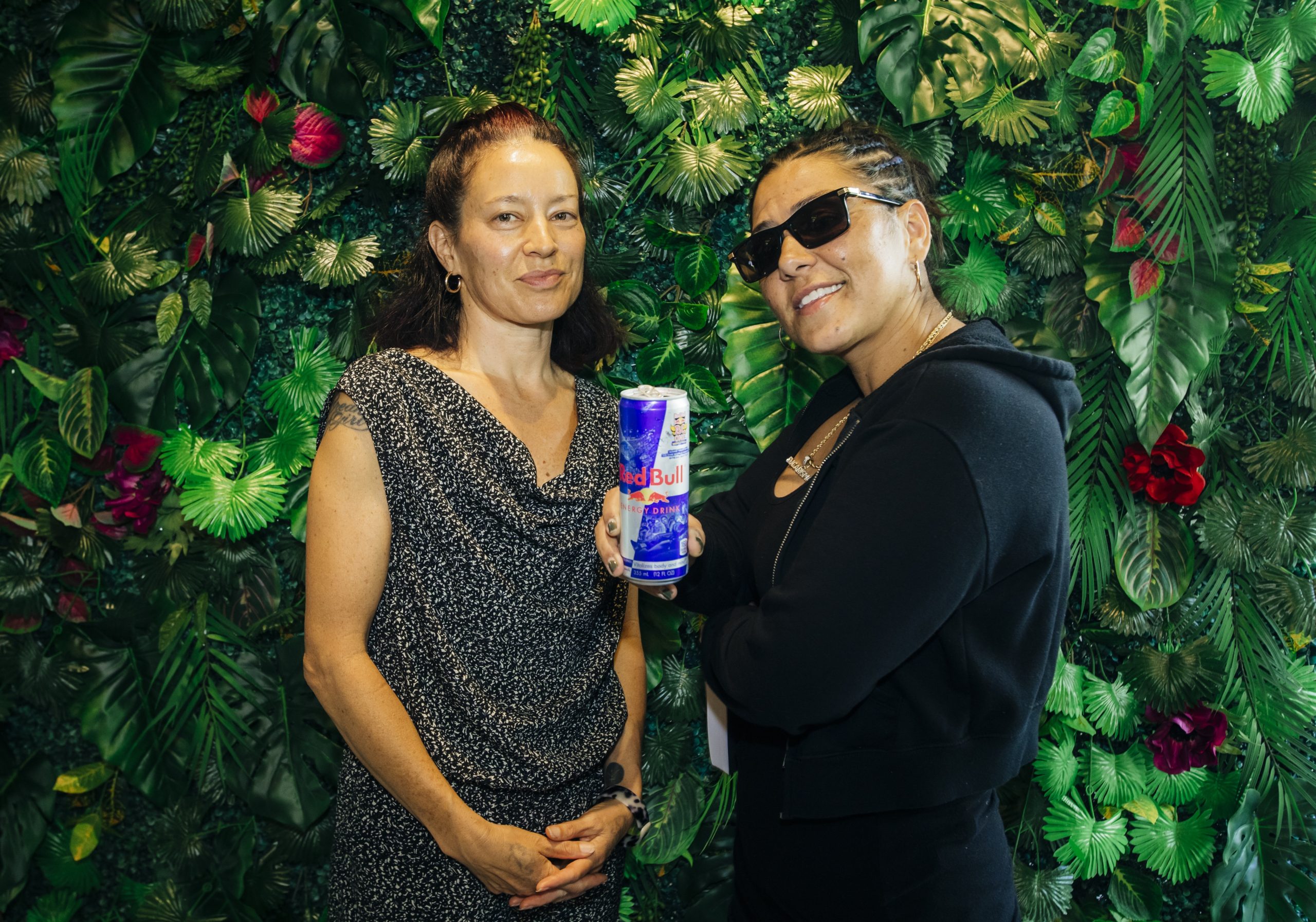
Judge B-Girl Asia One, DJ Carisma
National Finals judge, B-Girl Asia One, says that organizing and connecting with other B-girls is the best way for the younger generation to access the knowledge and mentorship necessary to compete with the boys.
“As women, we’re kind of in this weird position where I think we need to have mentees,” she explained. “I think we have to have people who we can teach. And even if we’re not doing that now, at some point we need to look into that, because if you’re not teaching another girl [what are you doing] you know what I mean? I struggle with that myself. I want to teach younger girls and more women. Find someone and pour into them. I think we need to do that if we want to see more women and women’s spaces. Because during that weird age from 13 to 19, if a girl comes in and she doesn’t see other girls in there… she’s not going to stay very long.”
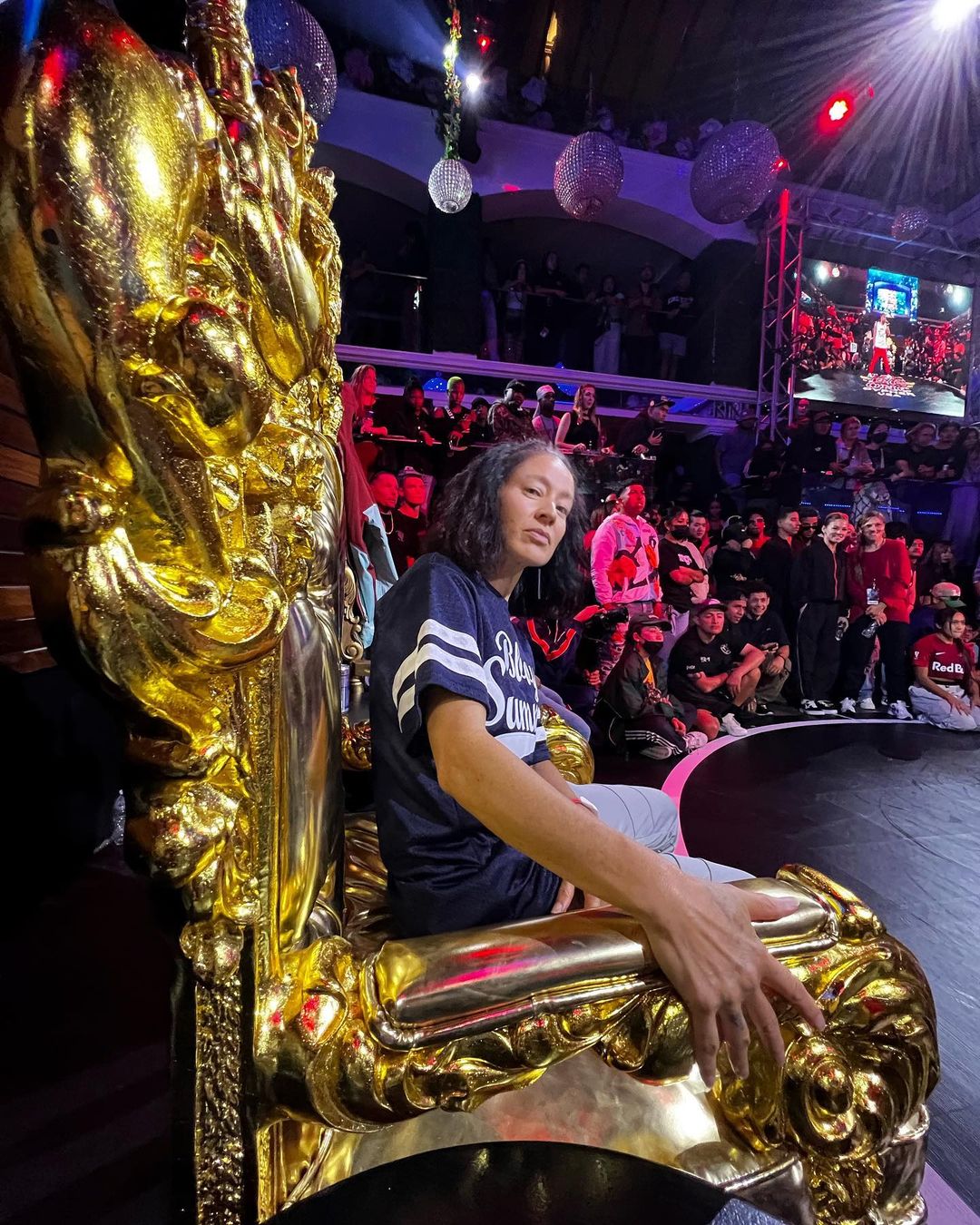
Judge B-Girl Asia One
Inequality in breaking doesn’t just apply to the gatekeeping of skills and styles or the lack of women in crews and competitions; it is still taboo in many places for women to be in the streets with the boys, because Hip-Hop culture is still viewed as something to do with gang activity. Although breaking did have some gang affiliation in the past and made use of gang language back in the day, a lot of the negative stereotypes associated with it today are still largely connected to racism and classism. Black and Latinx youths are the ones who invented and innovated breaking, and they carry on that legacy today.
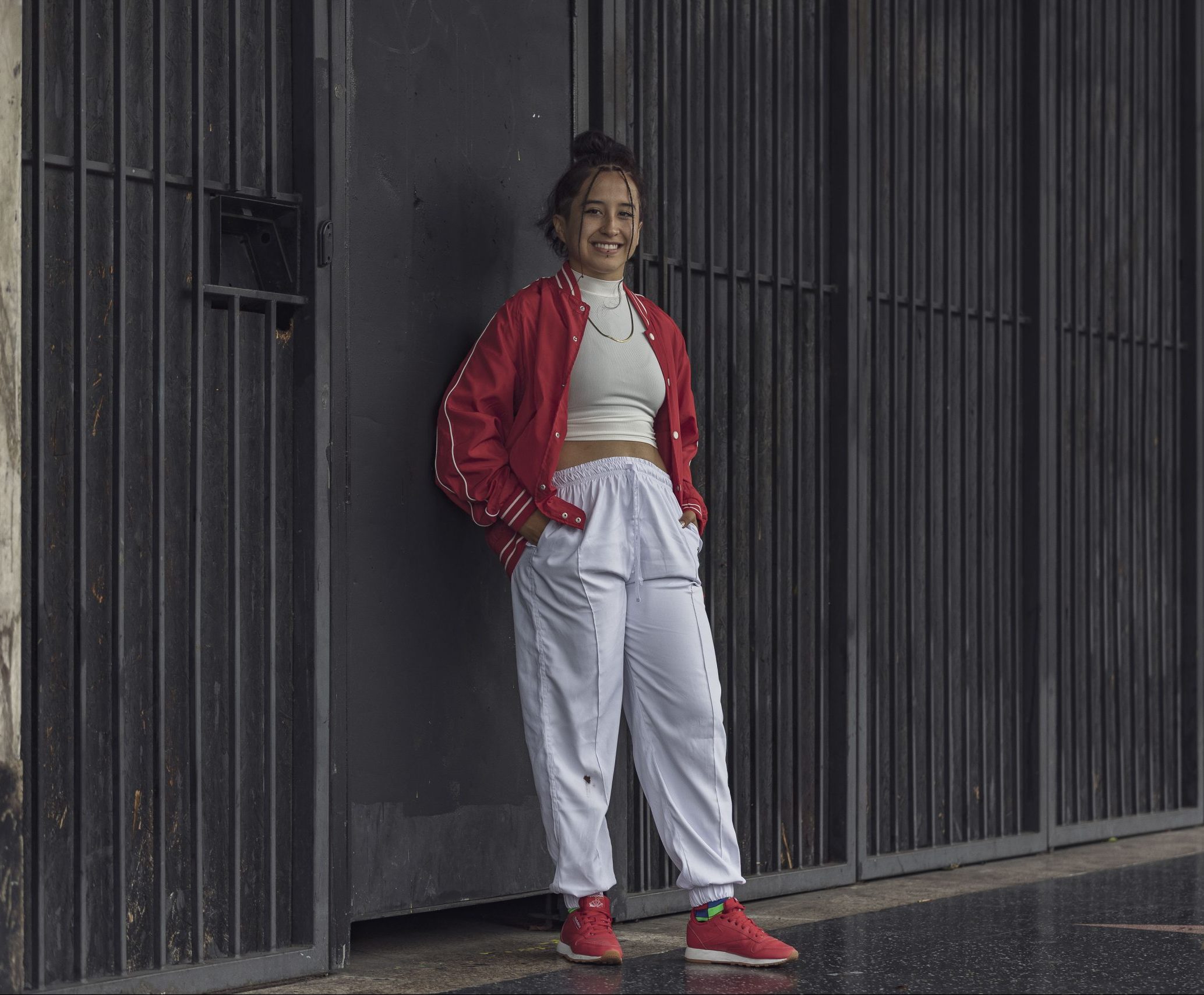
B-Girl Monse
Mexico-based B-Girl Monse says her family initially discouraged her from pursuing breaking, because they thought it would have a bad influence. “Women in breaking have the ability to change parents’ perspectives about not letting girls try breaking, because ‘it’s for boys.’ I grew up being told you have to dance something that is meant for girls. And it was very challenging… but we can show them that we are strong and we can do it too.”
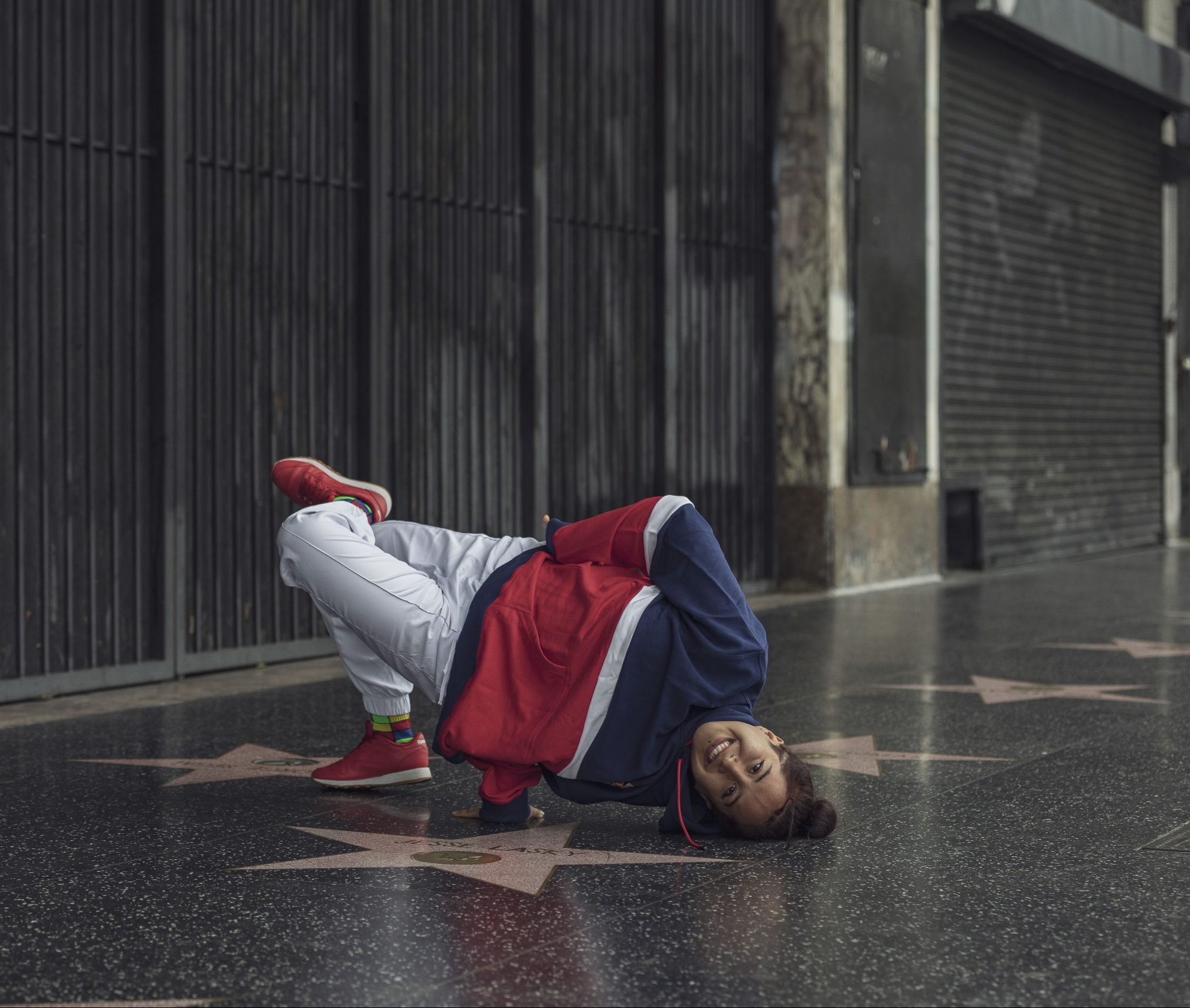
B-Girl Monse
Additionally, B-girls have long pointed out the disparity in strength and range of available motion necessary to perform the exciting, high scoring power moves in competitions. But, the reality is, being a B-girl is just different because it has to be. The general consensus is that, yes, some women have the strength and can train to throw power moves, but overall women have to make modifications.
“Breaking and power moves were made by mostly men,” Red Bull BC One National Finals champion B-Girl Sunny Choi tells us. “It’s made for anatomy that’s different from a woman’s. I have had to modify, I have had to figure out how my body does things as opposed to how people think it should look.”
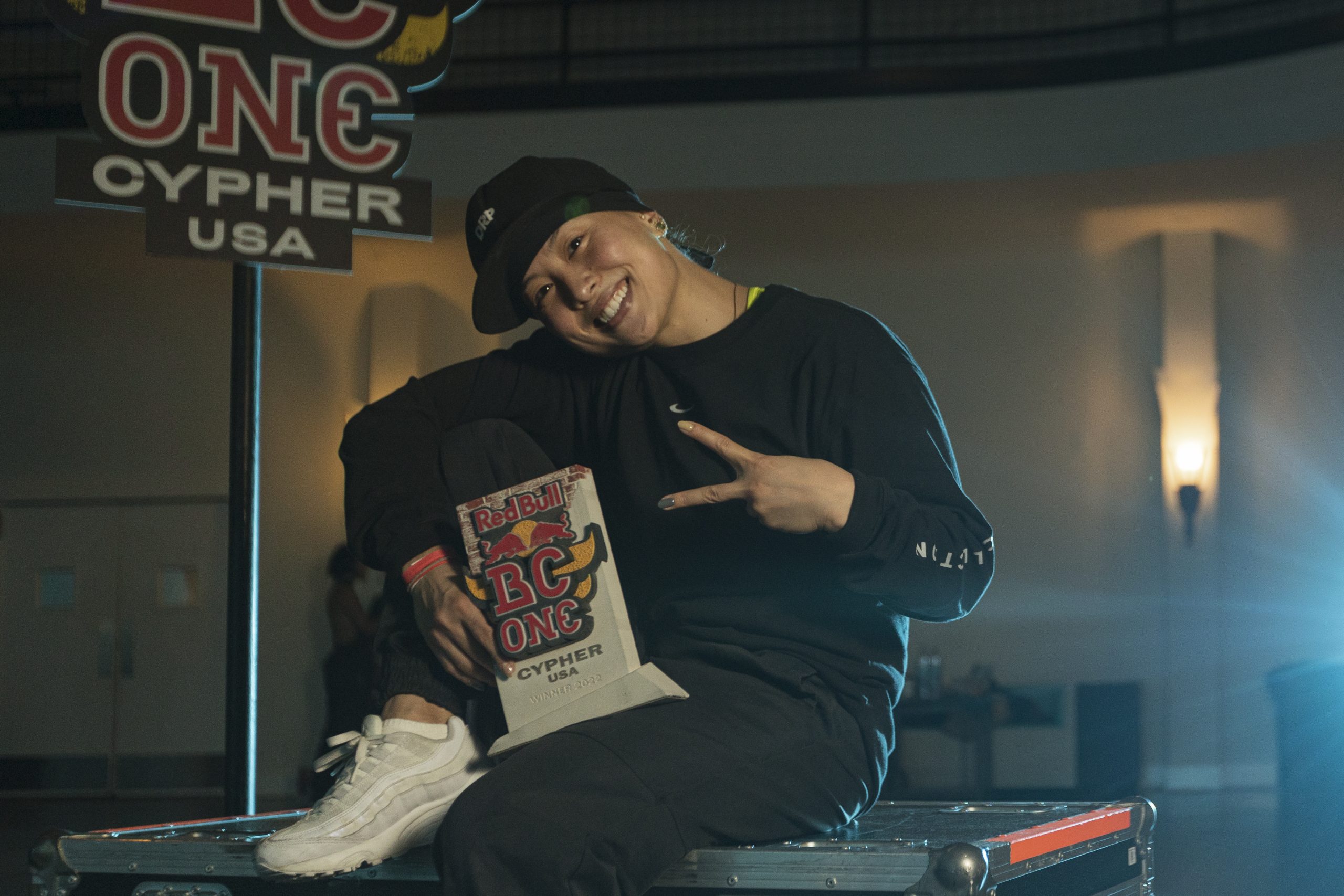
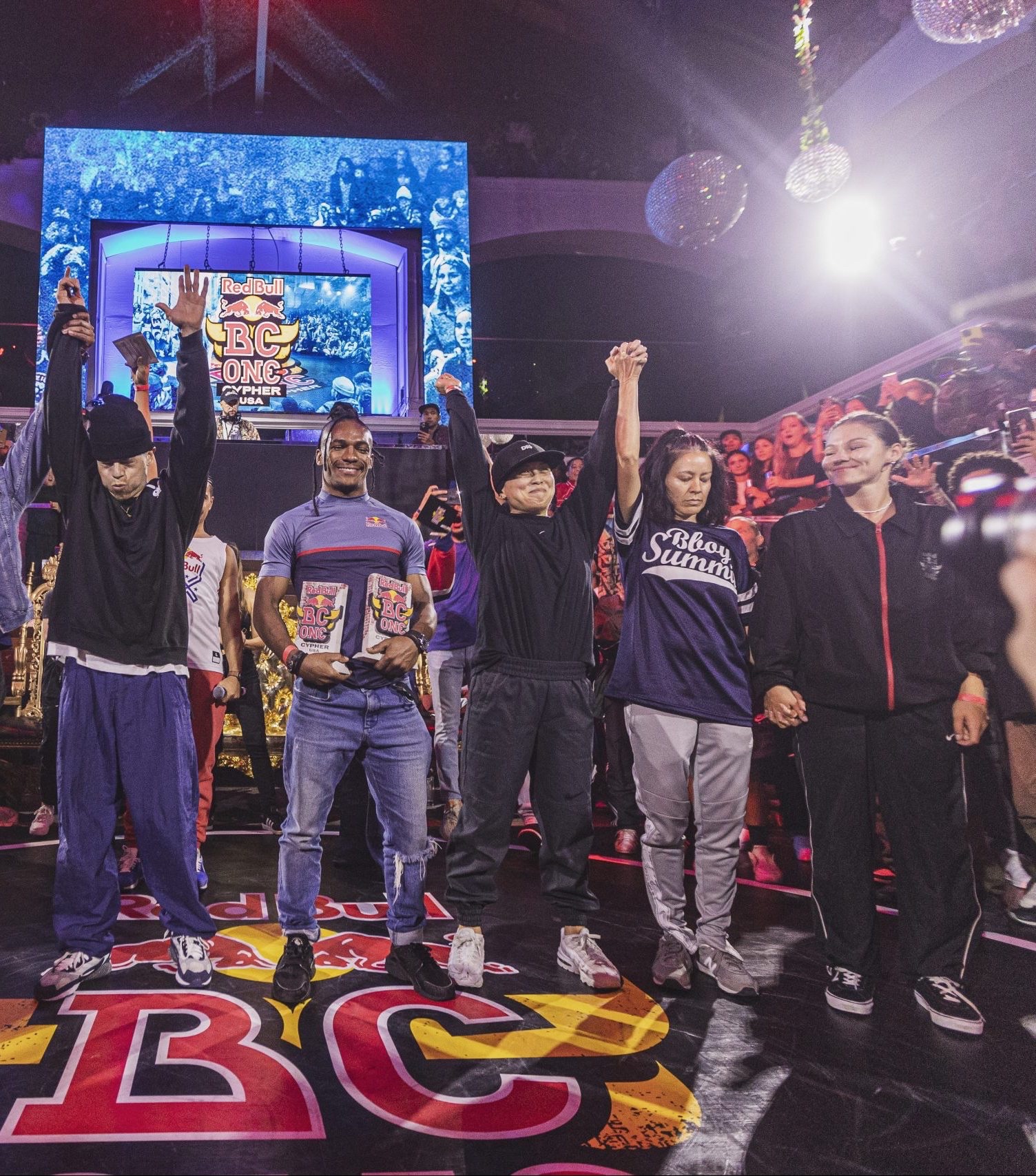
Winner B-Girl Sunny Choi
For many B-girls, the modifications are what lead to the formation of their personal style, because at the end of the day, breaking is in the eye of the beholder. There is no single, codified way to judge breaking. This also underlines the benefits of B-girls learning from other B-girls. One of the concerns coming from within the breaking community is about who will judge the Paris Olympics, and if those people will know enough about the movements and the history to say what is worthy of a gold medal.
Team USA hopeful B-Girl Pep-C says that there are definitely some advantages to being a woman in a male dominated sport… mainly, that women approach breaking from a much different mindset than the boys. “The B-girls are always more connected to the music, they’re always dancing, always utilizing the elements more. Most B-girls are more well rounded,” she says.
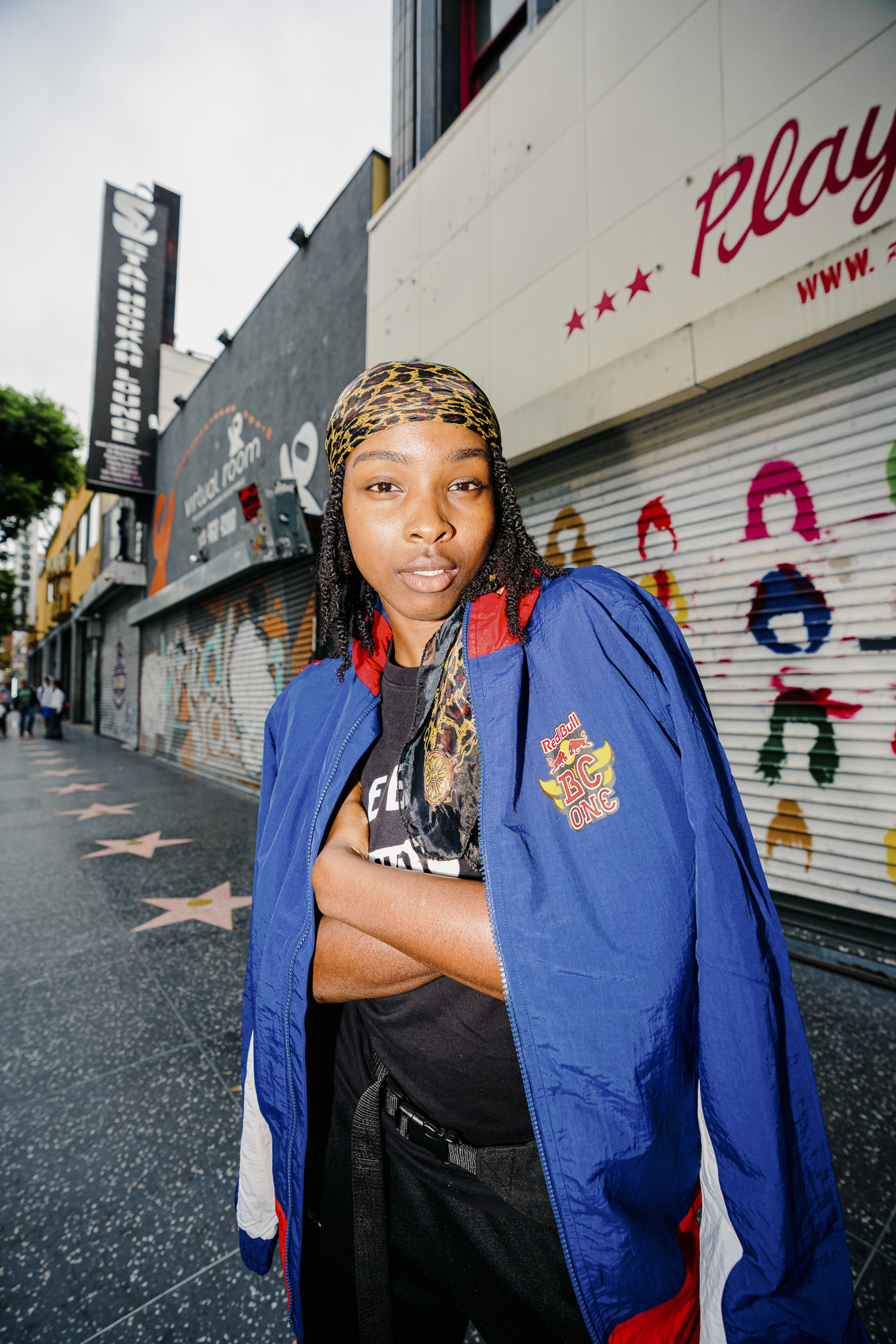
B-Girl Pep-C
And as for the boys, Pep-C thinks a B-girl’s ability to see things holistically is akin to a super power. “Men’s approach to breaking is very much muscling through things, they don’t let it sink in. But the B-girls, we tend to do that, and it’s a super advantage.”
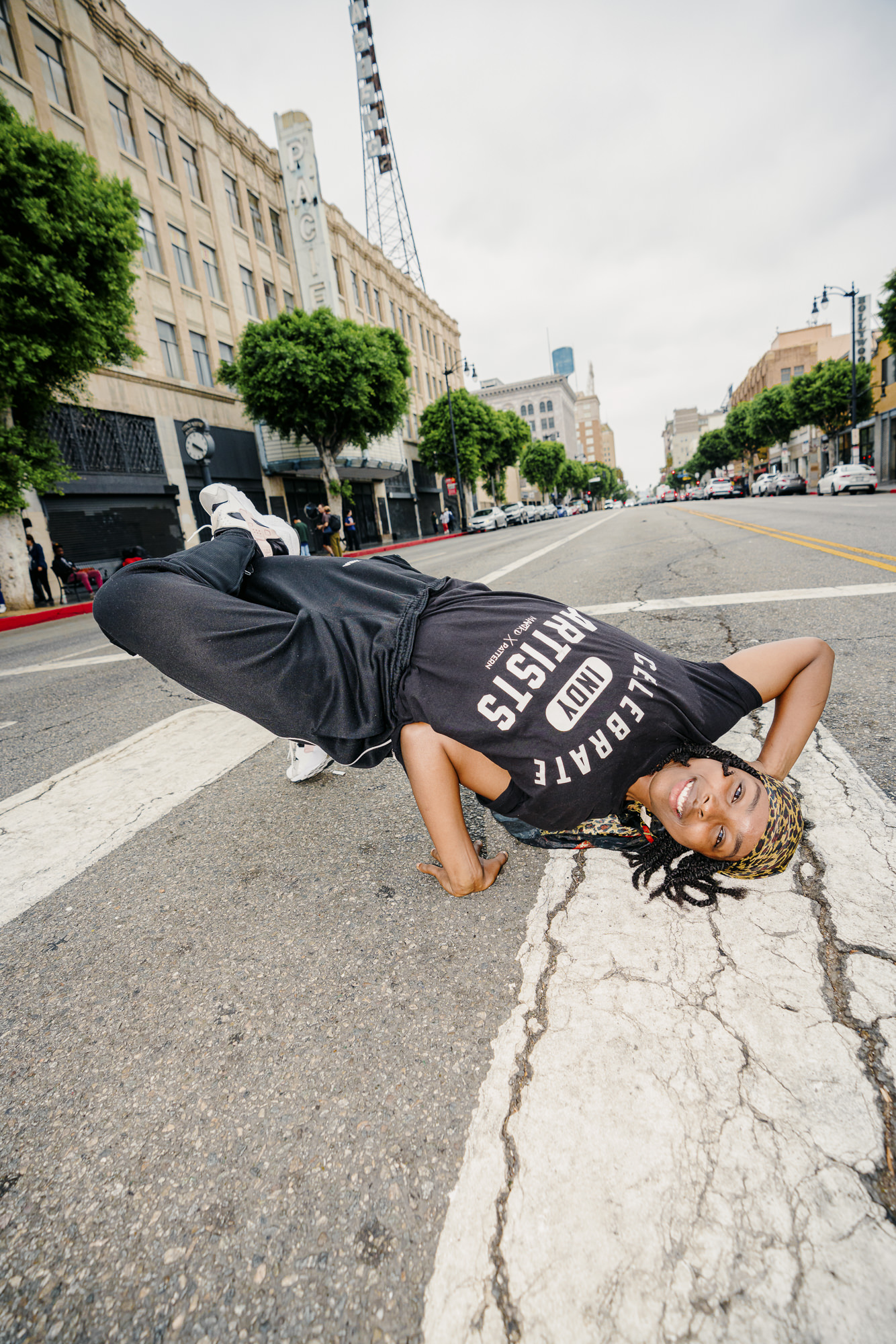
B-Girl Pep-C
There are many unique challenges to being a woman in such a male dominated field, but today’s B-girls are intentional about their development as athletes and are here to win. Red Bull BC One National Finals runner up, B-Girl Kate, who hails from the Ukraine, is excited for the increased competitiveness among B-girls.
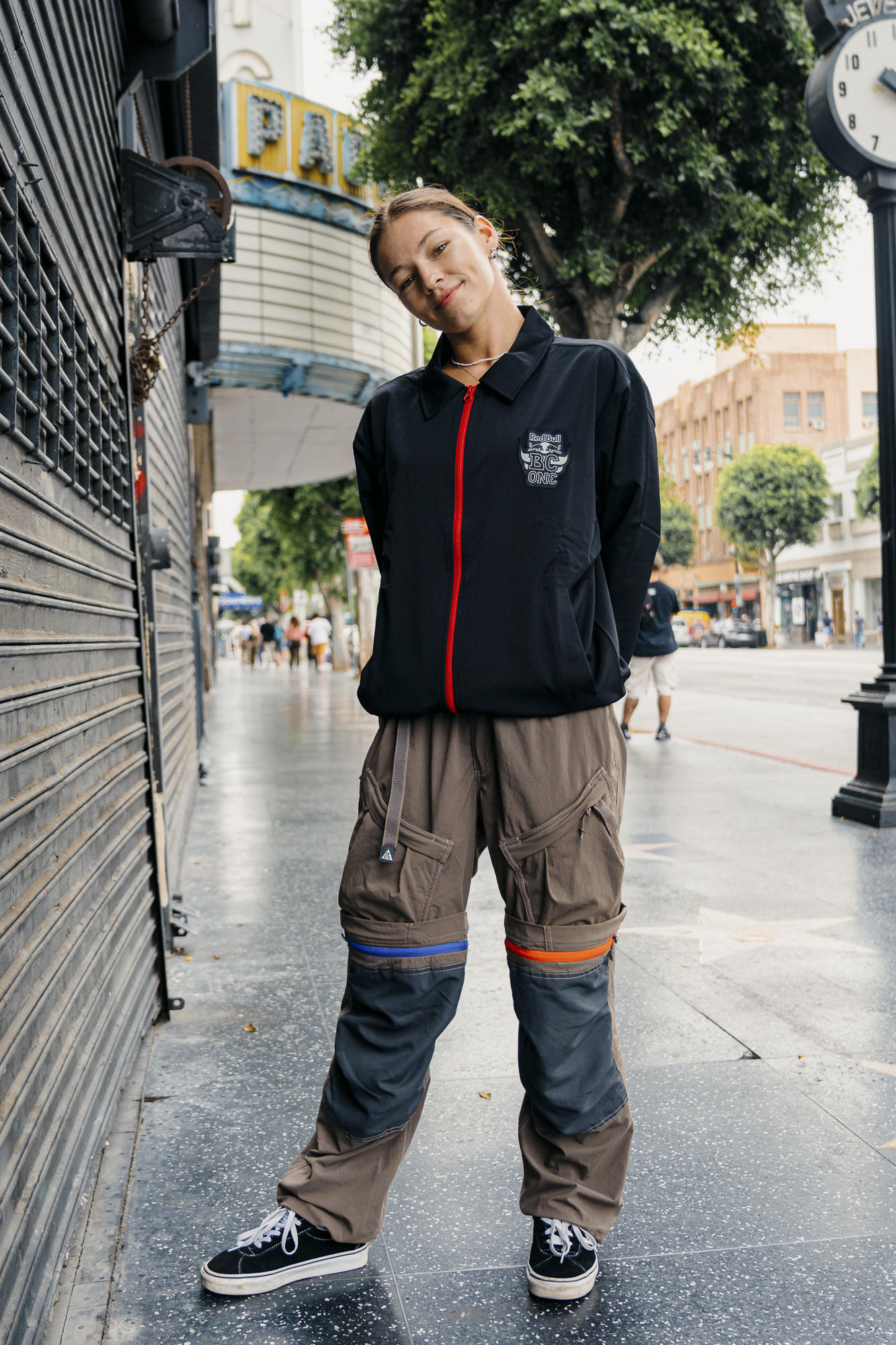
B-Girl Kate
“I love breaking,” she says. “I love this art form. And now that it’s becoming a recognized sport, you’ll see a more serious approach to it. You’ll be able to build a really great career by being one of the best in this field.”
For all the B-girls of the world, change is coming… will you be watching?
The 2022 Red Bull BC One World Final will be held on November 12 in New York City.
Story / Yvette Montoya
Editor / Alex Blynn
Photos / Images courtesy of Red Bull BC One, Kirby Gladstein, and María José Govea
